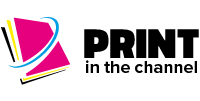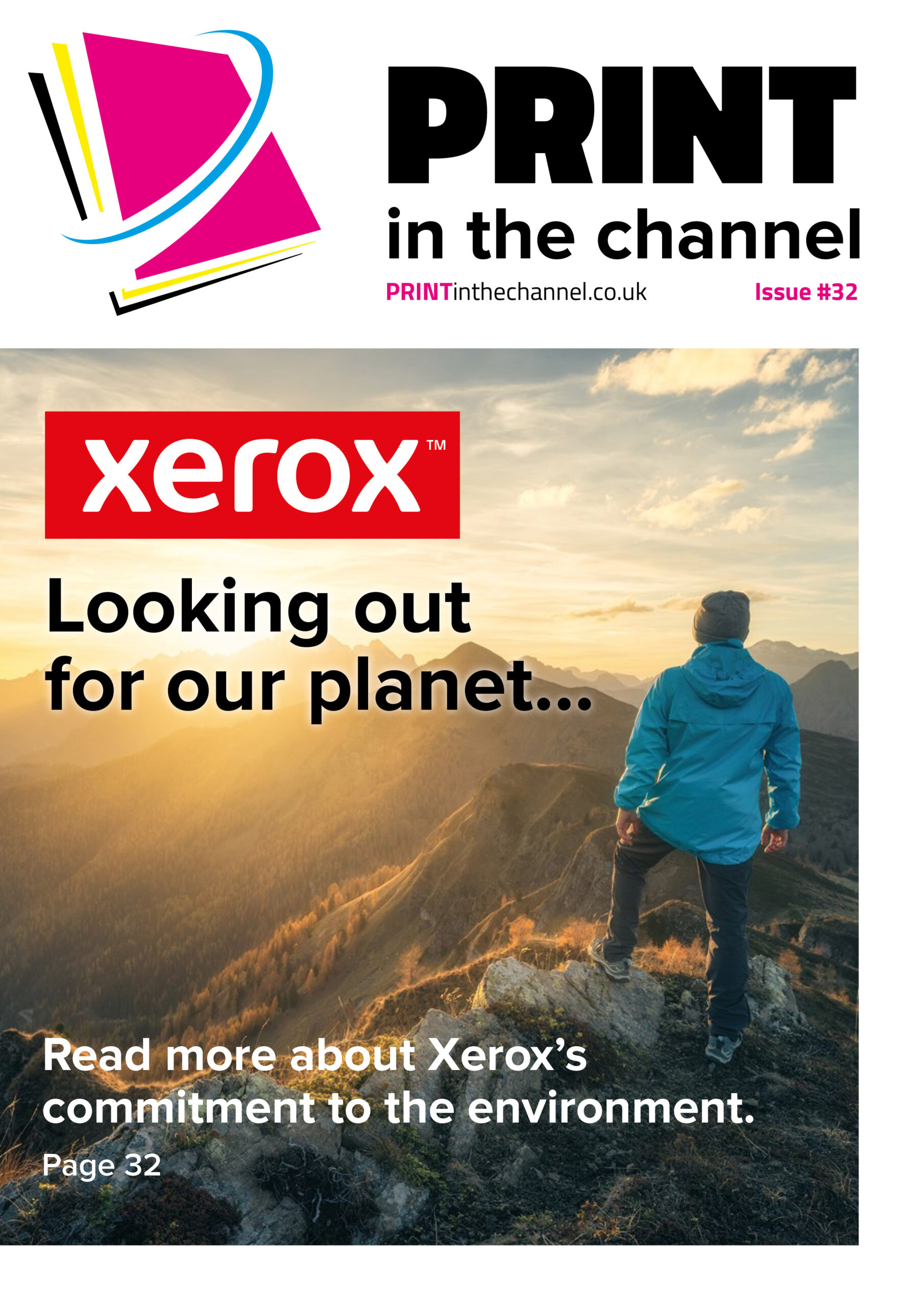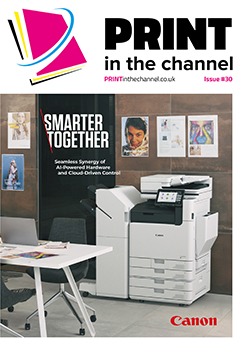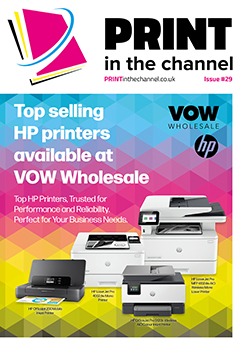Secure label printing is becoming prevalent in a wide variety of industries as the need for security and the ability to track goods at every step of their journey intensifies, which means resellers have great opportunities to sell into different sectors.
Secure traceability of items from high-value electronic equipment to medicines is becoming increasingly important in the UK and around the world as manufacturers and those in the supply chain seek to confirm the authenticity of items and effectively track them through their journey from manufacturer to the customer.
A key part of this is secure labelling, as Elaine Wilkinson, EMEA Supplies Product Management at Zebra Technologies, notes. “We typically see the biggest use of secure labels within the manufacturing and retail space, particularly with large brands or where those organisations are producing or selling high-value items. For example, products such as smart phones, electronic equipment and designer clothes,” she says.
Another sector that is increasingly using secure labelling is the pharma and healthcare sectors for medicines, Elaine adds. “This aligns with the Falsified Medical Directive (FMD),” she notes. “FMD came into force in the EU in February 2019 and requires that a unique identifier and an anti-tampering device be adhered to the outer packaging of medicines.”
Other significant vertical markets for Zebra include transportation and logistics, where its mobile computing, barcoding scanning, labelling and radio frequency identification (RFID) technologies are an enabler through global supply chains.
“We also see demand for lower cost security solutions in retail, such as for price tagging applications,” Elaine adds. “The products that Zebra produce to support these requirements are typically paper-based labels that incorporate security slits.”
RFID benefits
Jay Kim, managing director of BIXOLON Europe GmbH, agrees that secure labels such as RFID labels are popular in retail organisations, where they are used to keep track of high value goods such as jewellery, clothes, food and beverages.
“They are also used in manufacturing applications, especially where metallic surfaces are prevalent, and in the automotive and aerospace industries, in which there are often many components involved in the production process,” he adds.
“RFID is also important for logistics and the supply chain, and is used on items such as shipping containers, which often have unique contents or are stacked, making it very difficult to access. In logistics, RFID is used when tracking a parcel through its journey. Tagging is also used in the healthcare or energy industries for liquids and gas ingredients which might have a safety warning.”
There are numerous benefits of using RFID technology, Jay adds. “RFID labels can be used in conjunction with warehouse management systems to provide faster and more accurate receipt, storage and distribution of goods,” he says.
“Using these labels removes the need for optical access to text and barcodes, so they can be hidden as their data can be accessed by a reader or a beacon, which improves the efficiency of product handling. They also allow for faster and easier monitoring of inventory within a warehouse and more efficient item picking as they carry information such as colour, size and weight, which can help to eliminate errors.”
Jay adds that there has been a surge of RFID printing technology available on the market. “The biggest growth has been for Ultra-High Frequency RFID print and encode technology, which combines optical information such as printed text and barcodes alongside magnetic technology that encodes data onto the label, which is then scanned by a reader,” he says.
“There are also other types of RFID printing technology available such as HF (High Frequency) and LF (Low Frequency) encoding and barcode printing. However, there is a very limited market for these types of printers.”
Elaine adds that RFID brings the ability to, unlike printed barcodes, read and write to them, facilitating easy updates to the tags with new information,” she says. “Most importantly, for a secure labelling solution, RFID tags are difficult to copy as the chip will contain a unique identifying number, whereas with your printed barcode they are much easier to photograph, reprint and scan.”
Major trends
As a technology that is still developing, trends are changing among businesses that use secure labels, as Elaine explains. “Recently we have seen a tendency for customers to request smaller labels to tag smaller products or components at the item level, rather than merely on the outer packaging of the unit,” she says.
“This is driven by the need for greater visibility and traceability within the supply and manufacturing chains, end-to-end, for greater transparency of materials and supply of those used in the products. Asset identification and tracking is gaining importance to support sustainability efforts to trace and evidence the source for materials like precious metals.
“In such cases, to support these smaller label sizes it’s critical to have high quality supplies from a reputable vendor. This will help ensure the correct label and ribbon combination to achieve a superior, stable and durable printed image that will last the product’s lifetime and still be readable at the end of that product’s lifecycle once it enters a recycling or circular economy program. At this point, the identification of what is entering such programs will be just as vital.
“We are also seeing a growing trend in sustainability, with customers seeking labelling solutions and materials that align to their environmental objectives. Linerless media is an area Zebra has seen a growth in interest, and one that we are well placed to support given our experience, alongside a range of environmentally friendly printing solutions.”
Solutions available
With the market developing, there are innovative solutions available. For example, Zebra manufacturers what it claims is a one-of-a-kind printer operating system called Link-OS. “This enables Print DNA, Zebra’s suite of software capabilities that provides a full lifecycle of experiences for all users,” says Elaine.
“Included with Print DNA are various applications that help ensure the security of the installed print fleet, starting with PrintSecure. With PrintSecure, organisations can encrypt connections, allow only permitted access and regularly update their thermal printers to address new threats. Unless locked down, printers are typically ‘open’ devices – meaning anyone can alter settings. However, with the Protected Mode from Zebra’s PrintSecure, an administrator level account and password can be used to protect more than 150 printer settings from unauthorised changes.
“Printer Setup Utilities also enhances device useability, enabling users to configure quickly and easily select Zebra industrial, mobile and desktop printers. Integral to this application, is the Security Assessment Wizard, which is used from a smart device to uncover security vulnerabilities and compare printer settings against security best practices and easily make changes based on your conditions to increase protection.”
In addition, there is Printer Profile Manager Enterprise, Zebra’s remote printer management solution, enabling customers to easily manage all networked Zebra Print DNA printers from anywhere, at any time, no matter where they are in the world. “Automated Wi-Fi Certificate Management enables users to automatically renew wireless security certificates on each printer, helping to eliminate errors and reduce time by scheduling certificate updates that applies unique, signed certificates to each printer,” adds Elaine.
Opportunities for resellers
With demand for secure labels continuing to grow and showing signs of accelerating, it means there are plenty of opportunities for resellers to get involved with the market and sell the myriad printers and labels required by businesses.
For those resellers that are already involved in it, conversations with customers should emphasise its advantages, such as how it can be a great way to help protect a businesses’ brand reputation, manage quality control and, in some cases, protect the health of the end user, says Ged Cairns, head of the Auto ID Business Unit at Brother UK.
“Secure labelling technology like RFID can greatly improve the traceability of an asset through its embedded data chip, ensuring the authenticity of a product and reducing the potential for counterfeits to enter the market. In physical stores, it can benefit workflow by removing the need to manually scan a barcode, saving staff and customers’ time,” he says.
“These benefits are driving strong demand, and manufacturers should be looking for ways to implement a secure labelling method to back this up. There are plenty of options available to use depending on the asset in need of protection.
“Label printing devices, such as Brother’s TD4650TNWBR and TD4750TNWBR models, come equipped with RFID capabilities, creating more access for businesses of any size to use this labelling technology for their assets.
“And because customers have different needs depending on the level of protection required for an asset, as well as budget available, there’s no one-size-fits-all when it comes to secure label printing. That means resellers need to ensure they can offer a wide range of options, to suit a wide range of demands.”
Jay adds that resellers should consider a bundled solution, which includes the printer, label media, readers and beacons. “Ideally, all hardware should come from one solution provider, which has been tried and tested for compatibility,” he says.
“With many different software providers making labelling and encoding software, it’s not essential to have this element as part of the bundle. However, it is always advantageous to have ideas of compatible software options if the customer were to ask.”
There are plenty of opportunities for resellers to get involved in a growing market. With few barriers to entry, plenty of support available from manufacturers and a market that is not yet saturated – in terms of demand or sellers – resellers that act now can ensure it adds positively to their bottom line.









